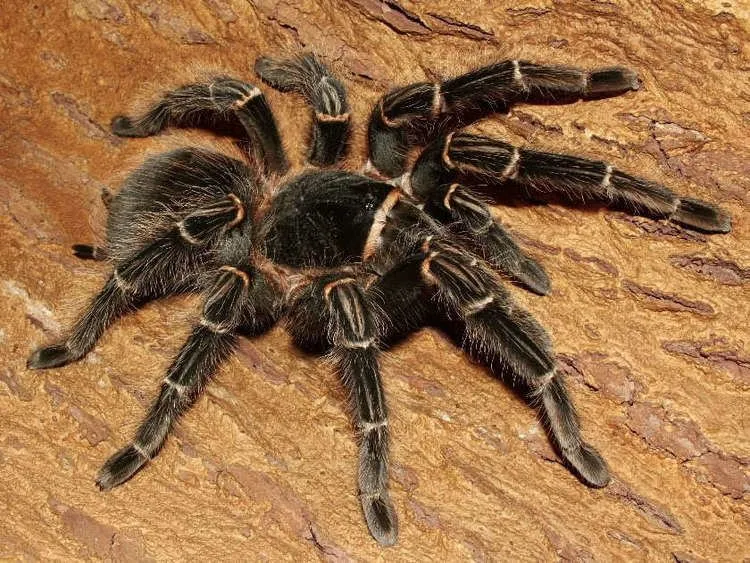Salmon Tarantula Overview
The Salmon Tarantula, scientifically known as Lasiodora parahybana, is a captivating and popular pet among arachnid enthusiasts. Native to the rainforests of Brazil, this species is renowned for its impressive size, striking appearance, and relatively docile temperament, making it a rewarding pet for experienced and novice keepers alike. This comprehensive guide will delve into everything you need to know about caring for a Salmon Tarantula, from its basic needs to advanced care techniques, ensuring a healthy and fulfilling life for your eight-legged companion. Understanding the unique characteristics and requirements of this species is paramount for any potential owner. This guide offers insights into its origin, habitat, appearance, and the essential care tips needed for their well-being.
What is a Salmon Tarantula
The Salmon Tarantula is one of the largest tarantula species in the world, with females often reaching a leg span of up to 10 inches or more. They are known for their impressive size, making them a focal point in any arachnid collection. Their name comes from the salmon-pink coloration of the hairs on their legs and carapace, which adds to their visual appeal. They are terrestrial spiders, meaning they spend most of their time on the ground. Their impressive size and relatively calm demeanor make them a favorite among tarantula enthusiasts who are looking for an impressive and captivating pet. Careful consideration must be given to their needs and proper care for a happy and healthy tarantula.
Origin and Habitat
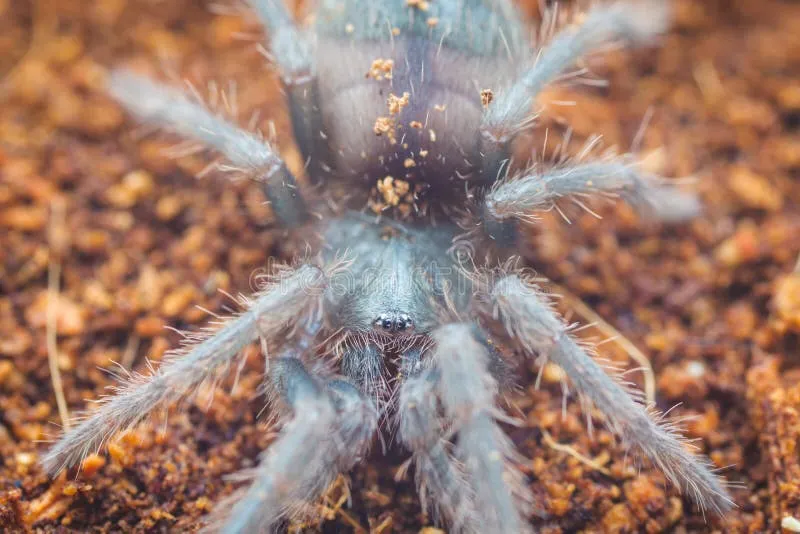
Originating from the rainforests of Brazil, Salmon Tarantulas are adapted to a warm and humid environment. Their natural habitat consists of areas with dense vegetation, leaf litter, and burrows where they can seek shelter from predators and the elements. Replicating these conditions in captivity is essential for their well-being. This includes providing a suitable substrate to allow for burrowing behavior, maintaining the correct temperature and humidity levels, and offering hiding places to reduce stress. Understanding their natural habitat helps in providing the necessary environment for these amazing creatures. They are used to high levels of humidity and relatively warm temperatures, so these factors need to be carefully replicated.
Appearance and Characteristics
The Salmon Tarantula is easily recognized by its large size and distinctive appearance. The carapace and legs are covered in a dense coat of reddish-brown hairs, with the namesake salmon-pink hairs prominently displayed on the legs and carapace. Their large size and impressive leg span make them a captivating sight. They have eight eyes and eight legs, typical of spiders, with two additional appendages called pedipalps located near their mouth. These pedipalps help them to sense their environment and manipulate food. Their robust bodies and powerful legs make them well-suited to their terrestrial lifestyle. These spiders, especially females, can live for a long time, which adds to their appeal to enthusiasts.
Top 5 Salmon Tarantula Care Tips
Caring for a Salmon Tarantula involves several key aspects to ensure its health and happiness. These top 5 tips cover the critical elements of their care, from providing the right environment to proper feeding and handling. The key to success is understanding the tarantula’s needs and creating an appropriate environment for it to thrive. Following these simple guidelines will provide your pet with a long and healthy life. It is important to ensure that your Salmon Tarantula has all the necessary factors for a healthy lifestyle. These amazing animals are relatively easy to care for if you understand their basic needs.
Creating the Ideal Enclosure
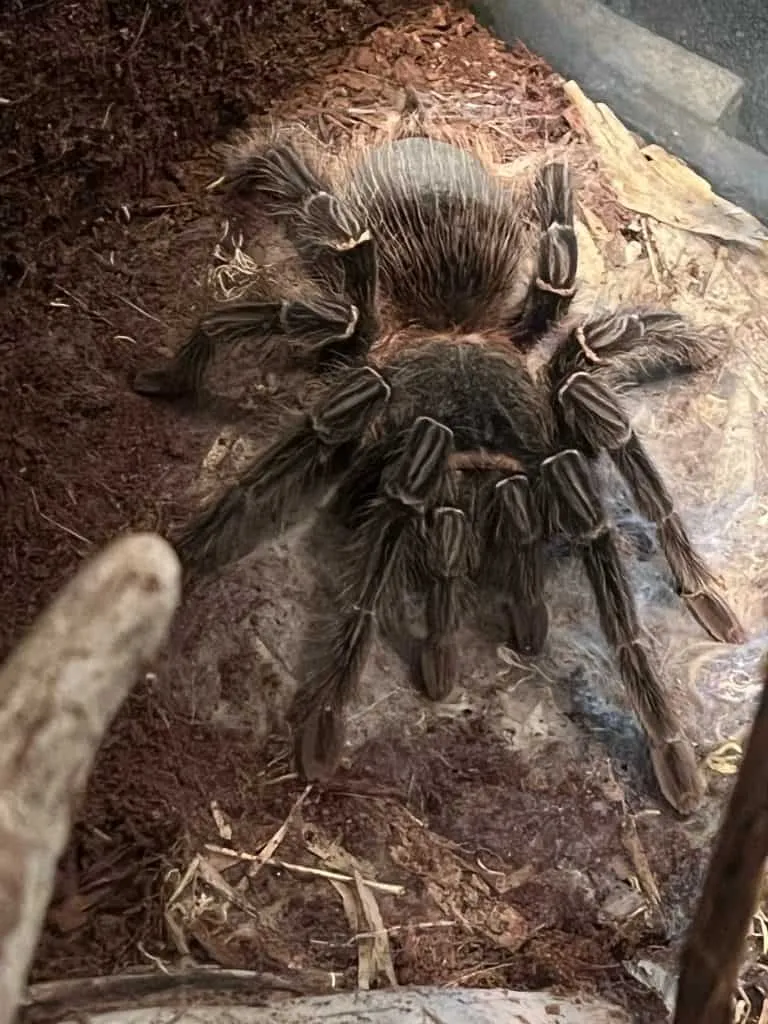
The enclosure is the most crucial aspect of Salmon Tarantula care. It should be appropriately sized, allowing ample space for the tarantula to move around and establish a territory. The enclosure must be secure, with a tight-fitting lid to prevent escapes, as these spiders are strong and can squeeze through small openings. A general rule of thumb is that the enclosure should be at least three times the tarantula’s leg span in width and length. The height should be sufficient to prevent the tarantula from reaching the lid and possibly injuring itself. Glass or acrylic enclosures are commonly used, providing good visibility. A proper setup will allow you to monitor your pet and it will feel safe and comfortable.
Substrate and Decor
The substrate should be several inches deep to allow the tarantula to burrow, which is a natural behavior. A mixture of coconut fiber, peat moss, and vermiculite works well, providing good moisture retention and allowing the tarantula to create a comfortable burrow. Decorating the enclosure with a hide, such as a half-log or a piece of cork bark, will provide a secure retreat for the tarantula, reducing stress. Adding live or artificial plants can also enhance the enclosure’s aesthetics and provide additional hiding places. Ensuring a properly set up and well-decorated enclosure will make your tarantula more comfortable and happier. Provide enough depth for your tarantula to burrow.
Temperature and Humidity
Maintaining the correct temperature and humidity levels is vital for the health of your Salmon Tarantula. The ideal temperature range is between 75-85°F (24-29°C). A heat lamp or under-tank heater can be used to maintain this temperature, ensuring that the enclosure is warm enough. Humidity should be kept at around 65-75%. This can be achieved by misting the enclosure with water a few times a week, monitoring the humidity with a hygrometer. Proper ventilation is also important to prevent mold growth. Careful attention to temperature and humidity can prevent health issues. The right humidity levels are necessary to help your tarantula with molting.
Feeding Your Salmon Tarantula
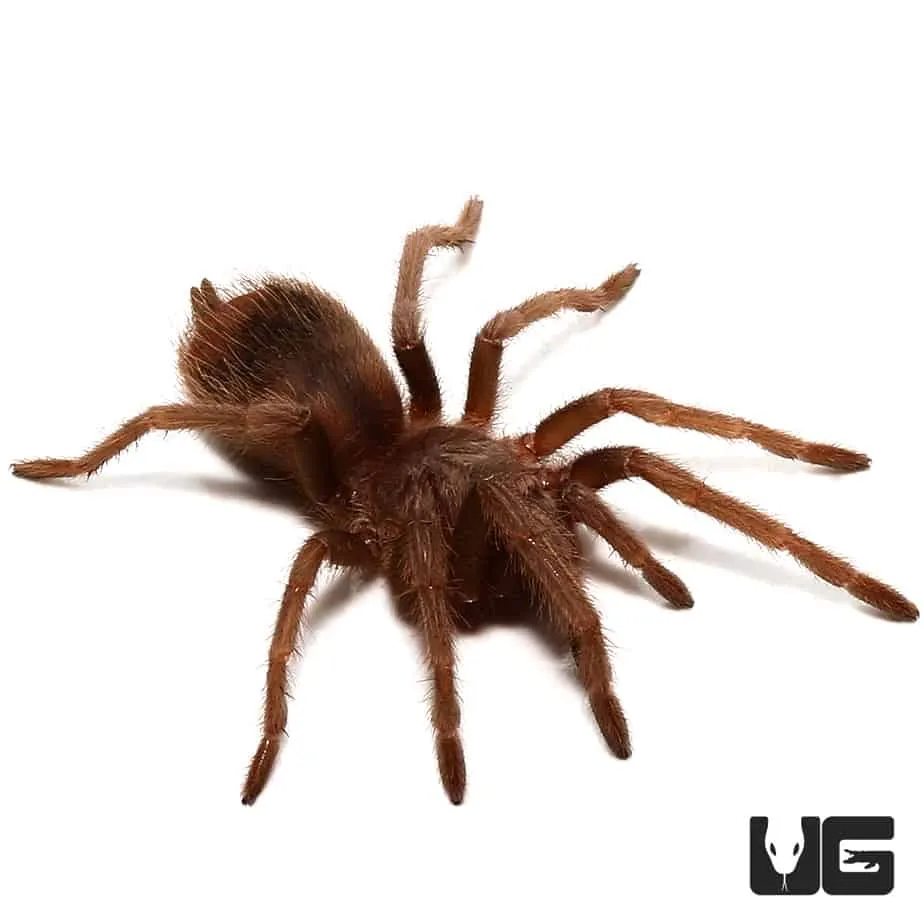
Feeding your Salmon Tarantula is a straightforward process. They are voracious eaters and will readily accept a variety of insect prey. The key is to offer food items that are appropriate in size and nutritional value. Offer a variety of insects to ensure your tarantula gets a balanced diet. The type and frequency of feeding depends on the size and age of the tarantula, as well as the availability of food. Feeding is one of the most engaging aspects of caring for these fascinating creatures, and proper feeding leads to a healthy and well-developed tarantula.
Diet and Frequency
Common food items include crickets, roaches, mealworms, and occasionally, small vertebrates like pinky mice. The size of the prey should be no larger than the tarantula’s body. As a general guideline, feed juvenile tarantulas every 3-4 days, while adults can be fed every 1-2 weeks, depending on their appetite. Remove any uneaten prey within 24 hours to prevent the buildup of waste and potential health issues. Monitoring your tarantula’s abdomen is a good way to determine when to feed it. If it is plump, it is well-fed. A good, varied diet will help ensure a long and healthy life.
Watering and Hydration
Providing fresh water is essential. A shallow water dish should be available at all times, and the water should be replaced regularly to prevent contamination. Use a water dish that is shallow enough to prevent the tarantula from drowning. For smaller tarantulas, a water-soaked cotton ball can be used instead. Misting the enclosure can also help to provide hydration, but be careful not to over mist, as this can lead to mold growth. The right amount of water is critical, and fresh water must always be available to ensure that your tarantula stays hydrated. The water source must be clean at all times.
Handling and Safety
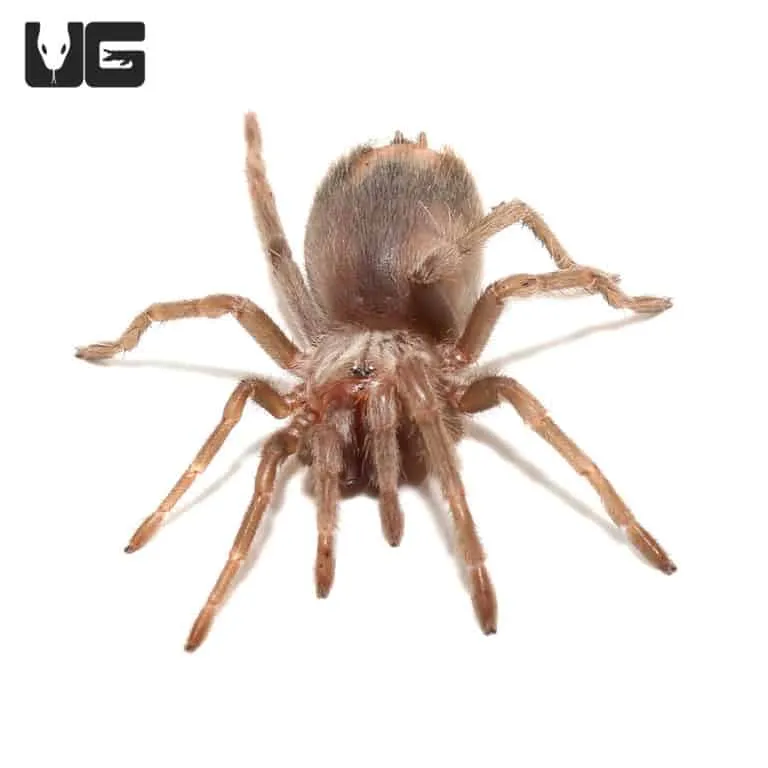
Salmon Tarantulas are generally considered to be docile, but they can still bite if they feel threatened. Handling should be kept to a minimum. If handling is necessary, do so with extreme caution and avoid sudden movements. Always handle your tarantula over a soft surface, such as a bed or a carpet, in case it falls. The bite of a Salmon Tarantula is not typically life-threatening to humans, but it can be painful and cause local symptoms like swelling and redness. Tarantulas also have urticating hairs on their abdomen which can cause irritation. Being cautious when handling your pet will ensure both your safety and your tarantula’s comfort. Always wash your hands after handling a tarantula.
Common Health Issues and Prevention
Maintaining a clean and properly maintained enclosure is critical for preventing health issues. Common issues include mites, fungal infections, and injuries. Regularly inspect your tarantula and its enclosure for any signs of problems. Ensure good ventilation to prevent mold growth. Mites can be a nuisance and can be dealt with by cleaning the enclosure and replacing the substrate. If you suspect a fungal infection, consult with a veterinarian experienced in exotic animals. Injuries can occur during molting or if the tarantula falls. Providing the right environment and regular maintenance minimizes the chances of health issues. Preventative care is essential for a healthy pet.
Shedding and Molting
Molting is a natural process for tarantulas, where they shed their exoskeleton to grow. During molting, the tarantula will usually stop eating and may become lethargic. It is essential to avoid disturbing the tarantula during this vulnerable period. Provide a humid environment to assist the molting process. After molting, the tarantula’s new exoskeleton will be soft, and it may take a few days for it to harden. Do not feed the tarantula until its fangs have hardened. Observe the tarantula for any difficulties during molting. A healthy molting process is a sign of a healthy tarantula. Proper humidity will help the process.
Conclusion
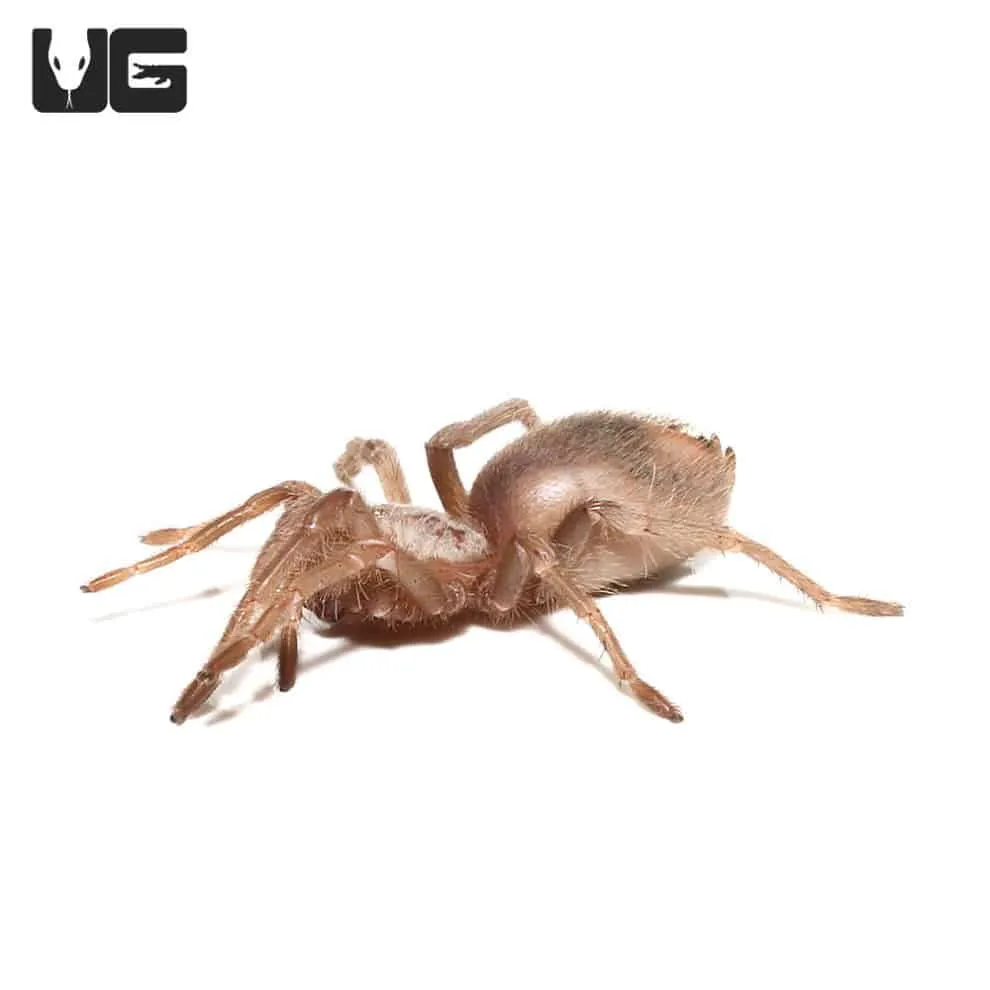
Caring for a Salmon Tarantula can be a rewarding experience for those who are prepared to meet their needs. This comprehensive guide covers the essential aspects of their care. By understanding their natural habitat and providing the proper environment, diet, and care, you can ensure that your Salmon Tarantula thrives. Proper care will bring enjoyment for many years. These magnificent creatures are fascinating to observe, and their care is relatively straightforward. Enjoy the journey of owning a Salmon Tarantula! With the right knowledge and dedication, you can enjoy the fascinating world of these amazing creatures. Always research and learn more, and consult with experienced keepers for guidance.
